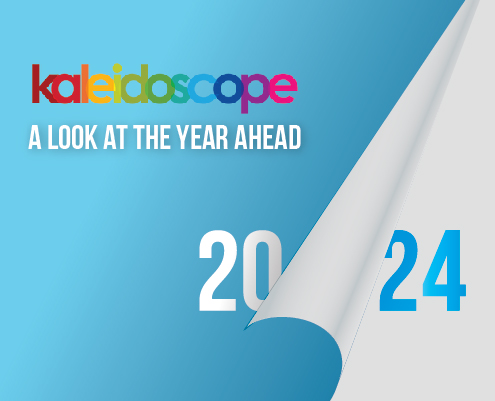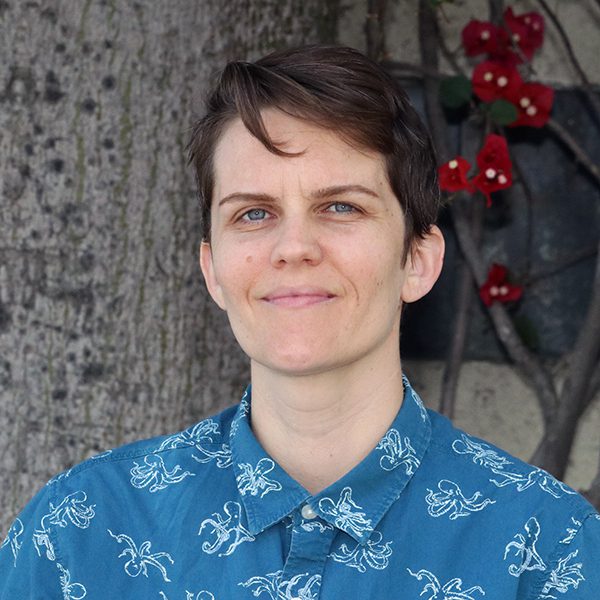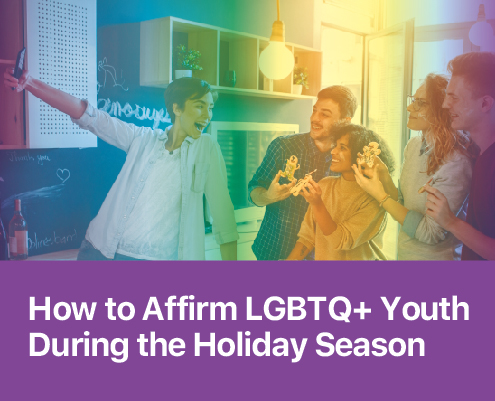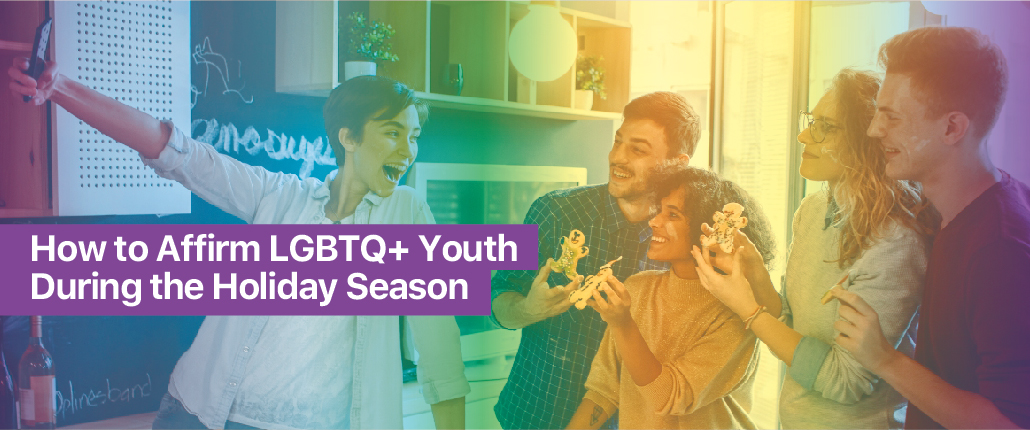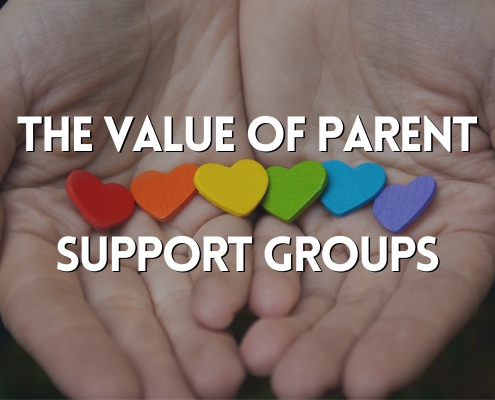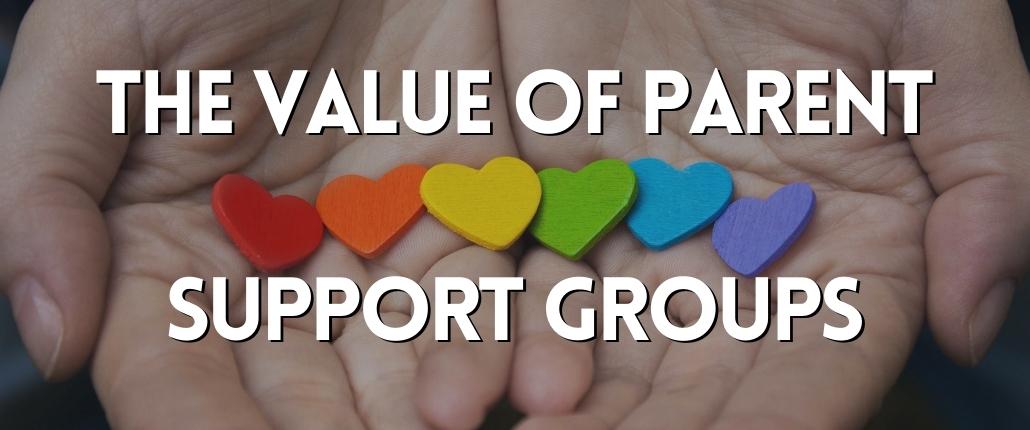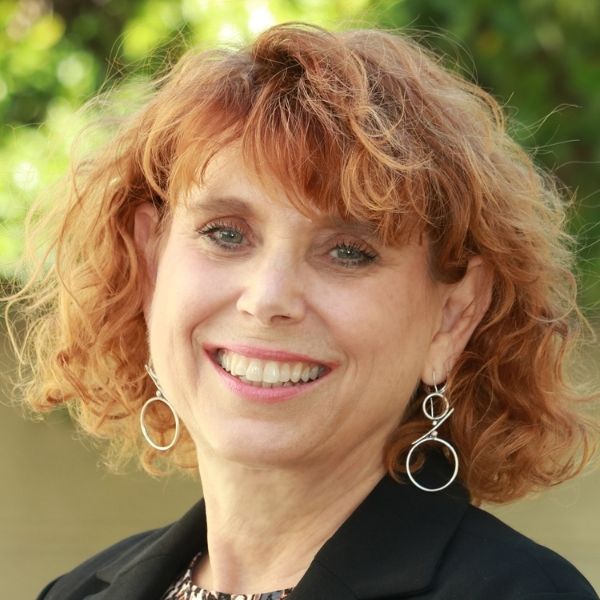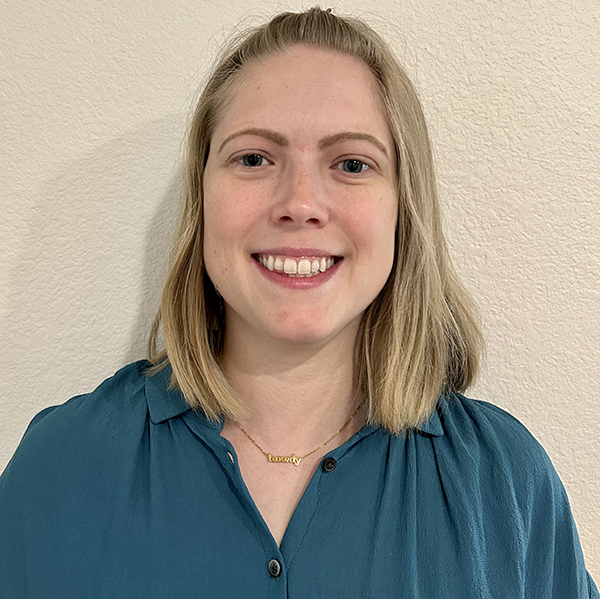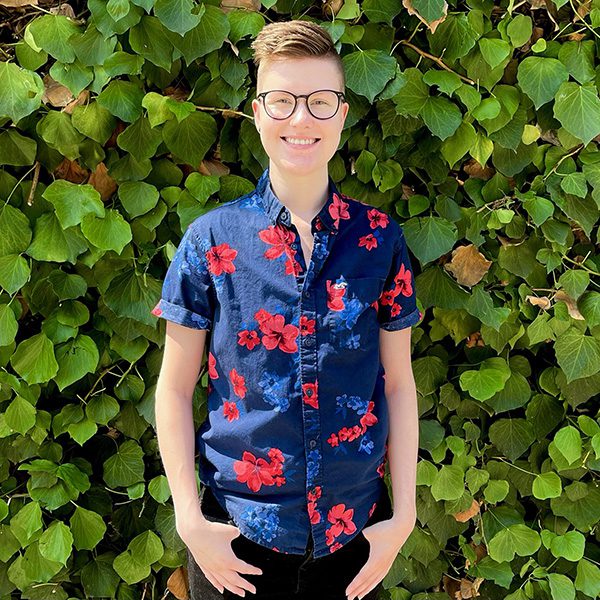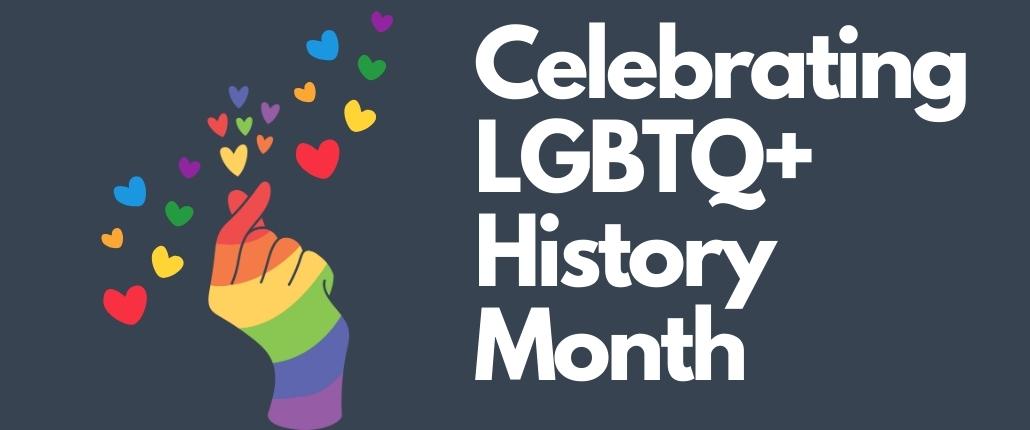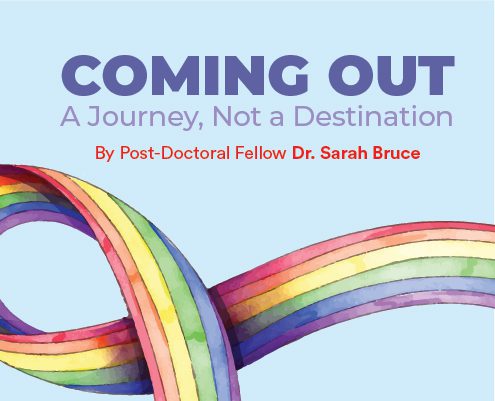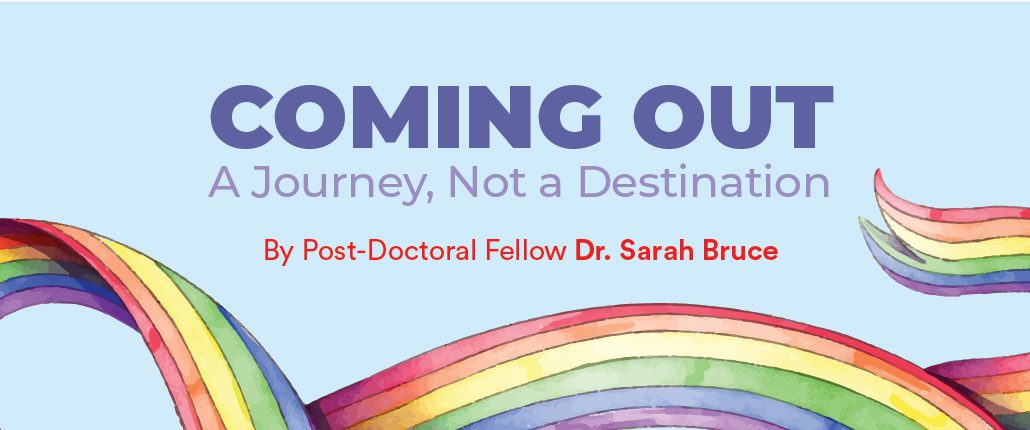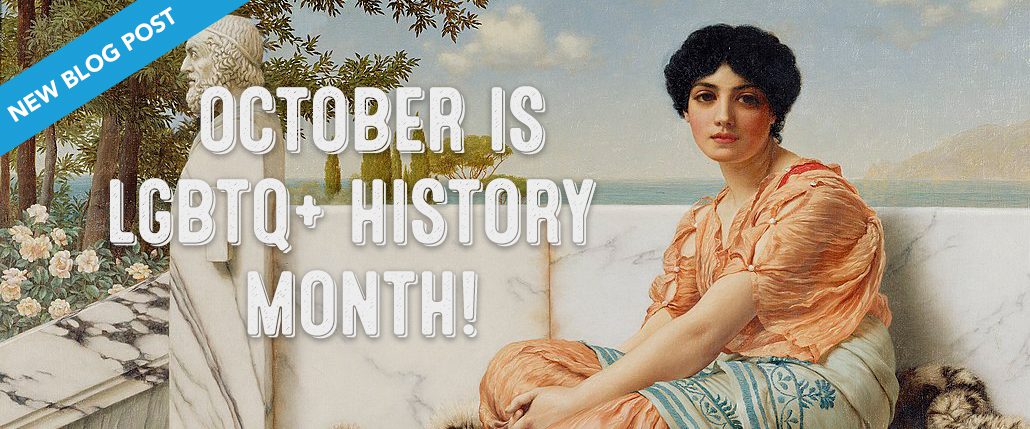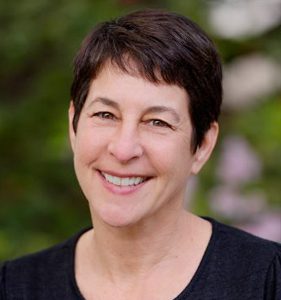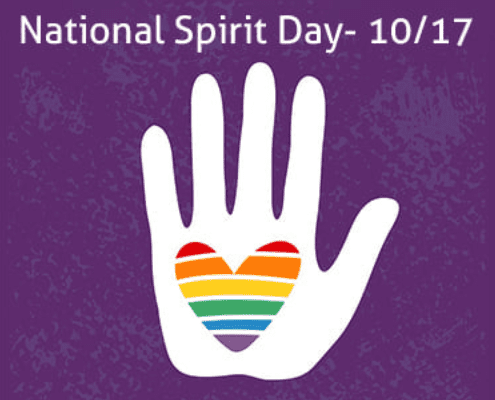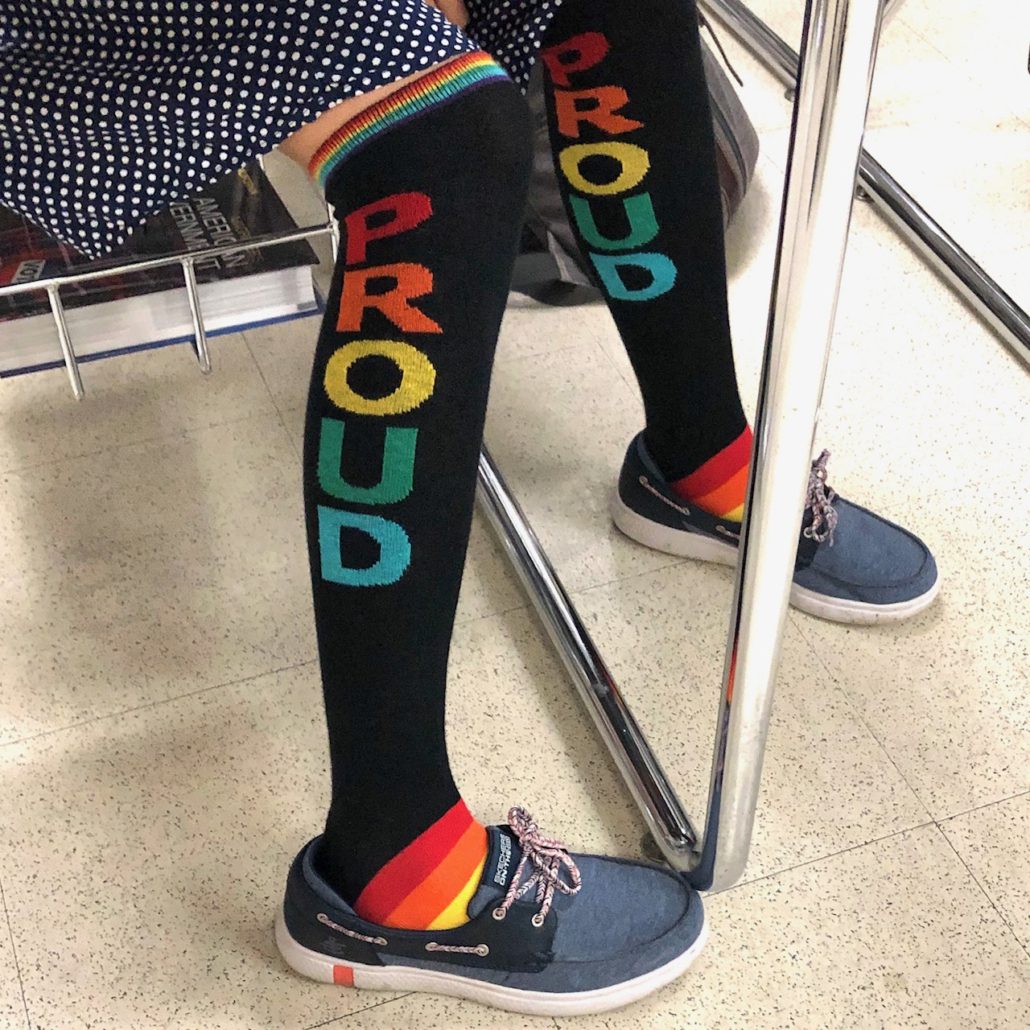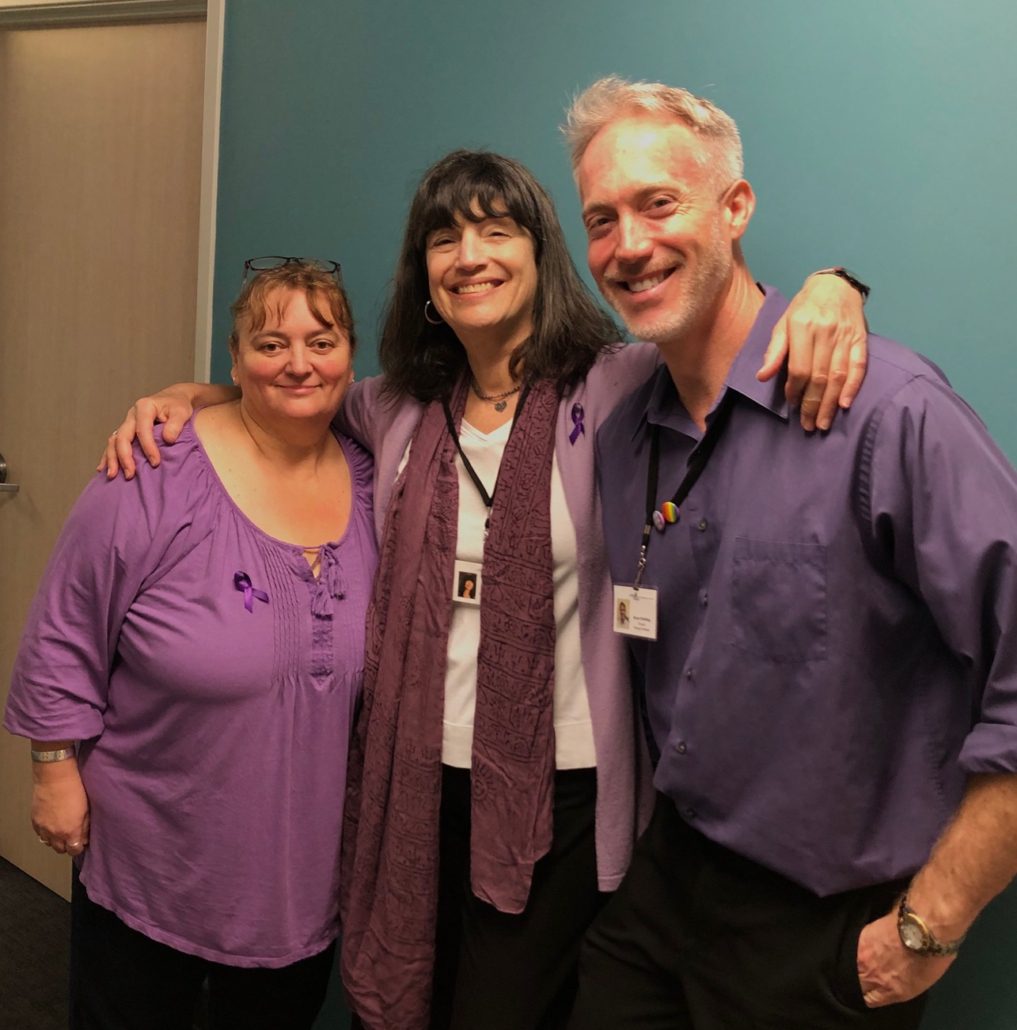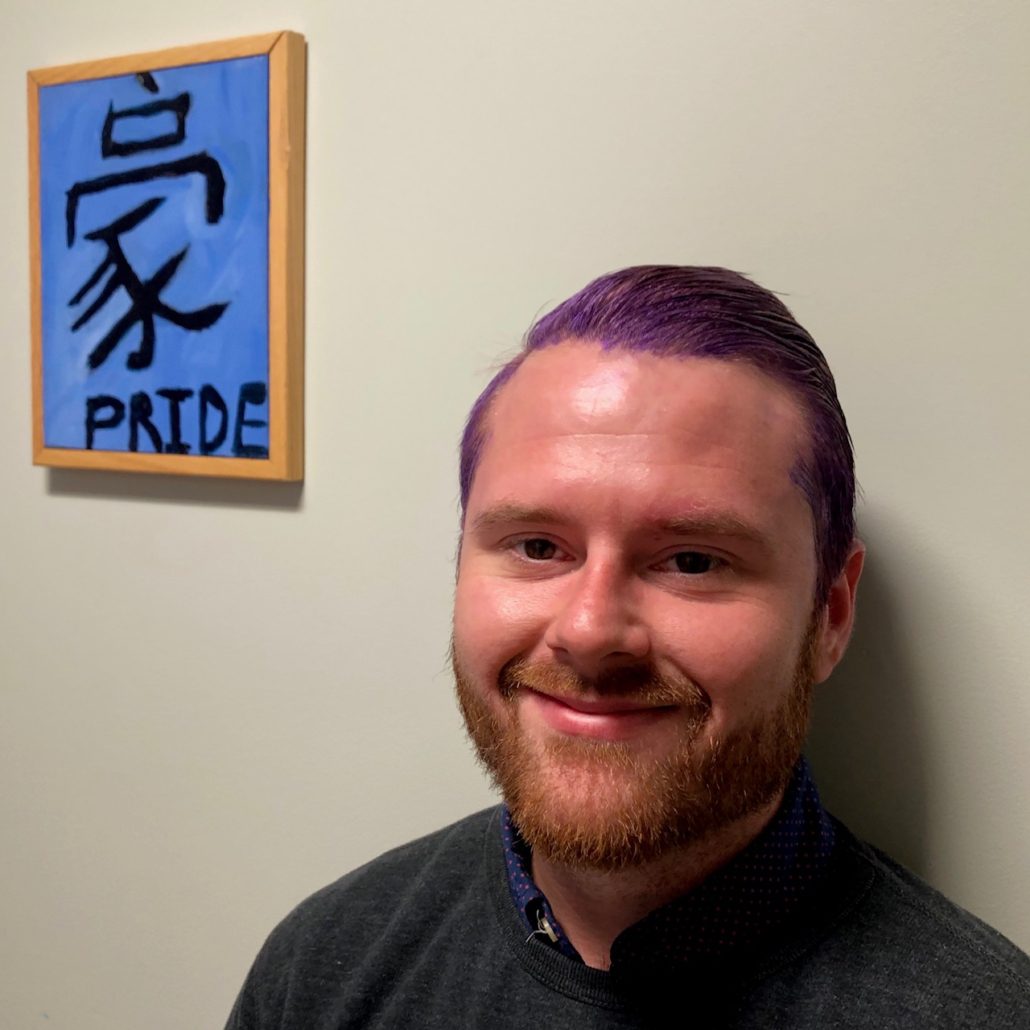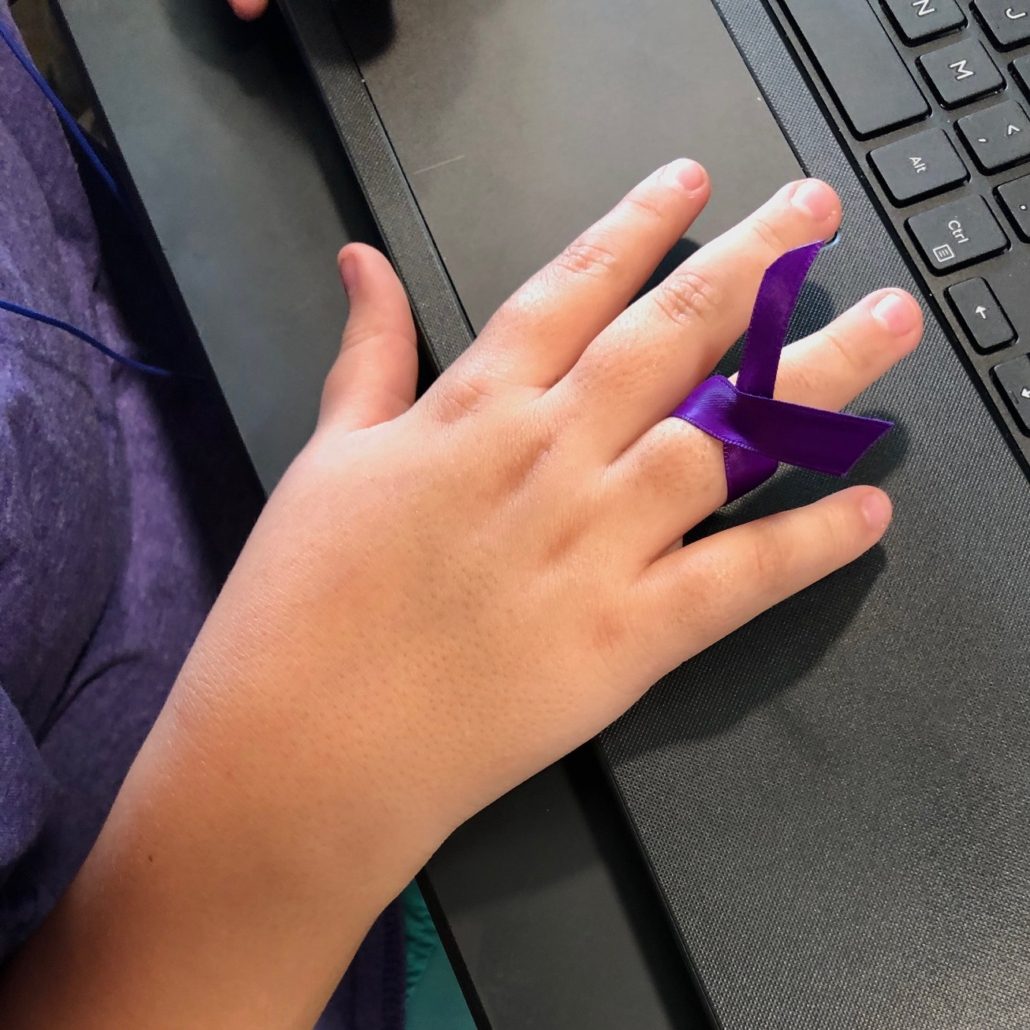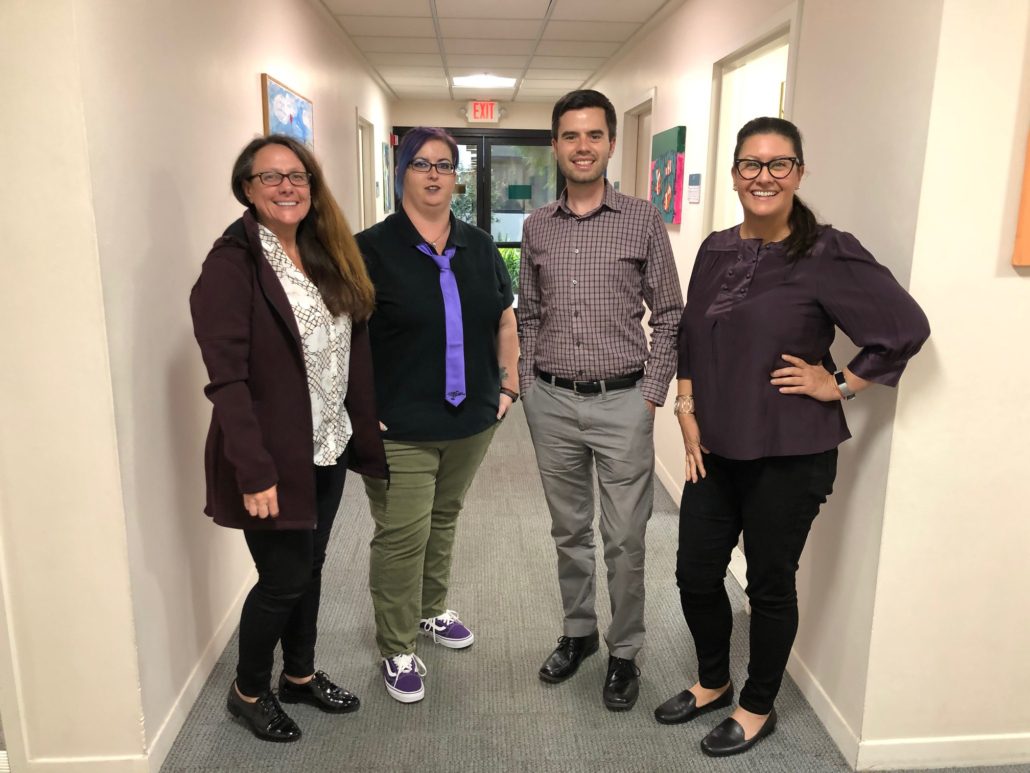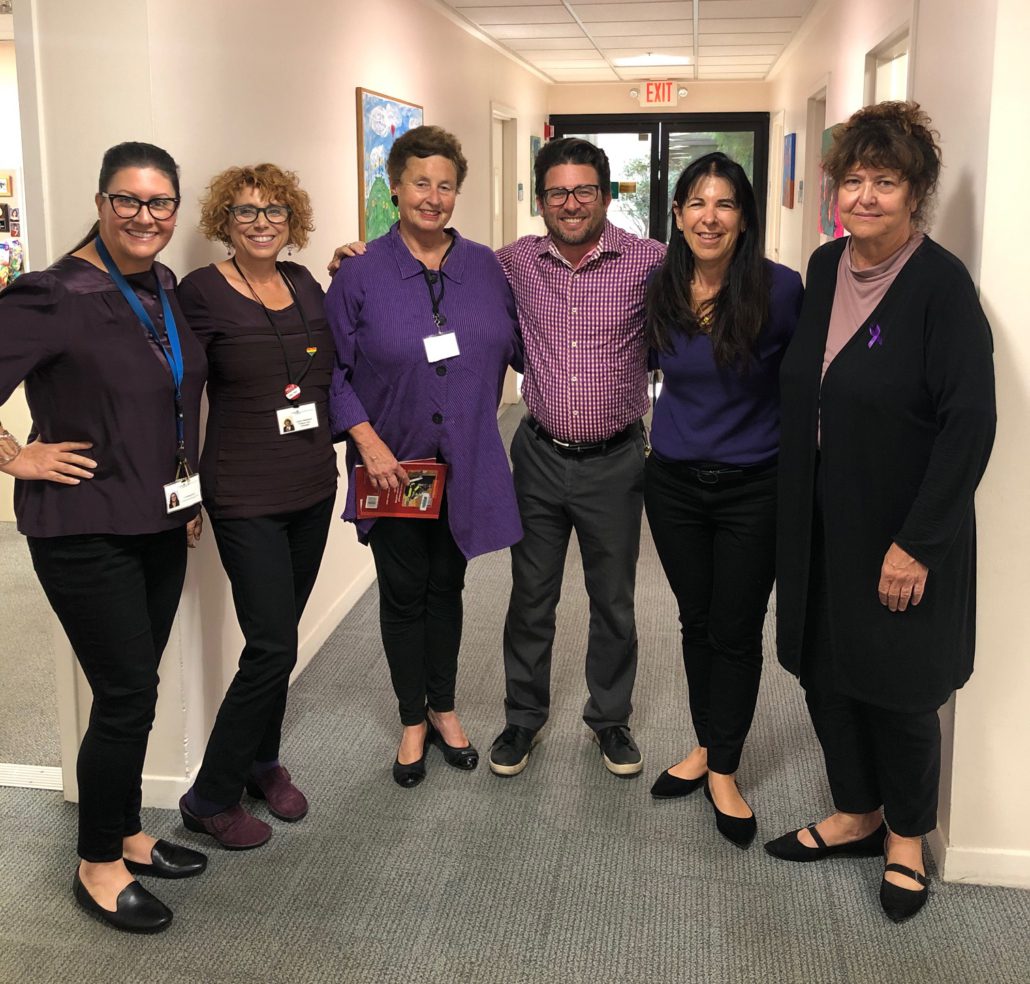A look Back at 2023 as We Leap Forward to 2024.
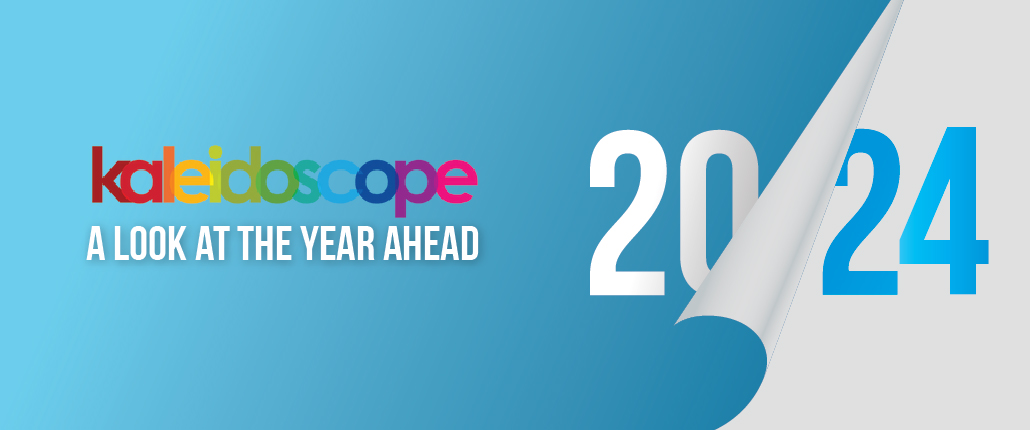
Kaleidoscope: A Look Back at 2023 as We Leap Forward to 2024.
By Jay Baldwin
Can you believe it’s 2024? As we head into a new year, our Kaleidoscope team is reflecting back on all the wonderful experiences we had serving our LGBTQ+ youth and engaging with the broader LGBTQ+ and allied community and are excited to look ahead to 2024!
In 2023 we were proud to offer multiple social groups to our young people this year, including multiple Movie “Pride” Nights where we featured media with positive representations of LGBTQ+ teens, a smashing Halloween Party with amazing costumes, and an end of year winter party where one of the highlights was participants creating their own LGBTQ+ affirming poetry.
We began Kaleidoscope’s First Annual Youth Council, a group of LGBTQ+ and neurodiverse youth who help Kaleidoscope plan social events for youth, give us feedback on our services, and contribute ideas for future programming. We look forward to continuing to work with these young people in the upcoming year as we build our 2024 programming!
And let’s not forget the amazing time we had celebrating Pride Month, the biggest month for our organization! As an organization that serves LGBTQ+ youth, we were particularly moved by families with children who approached our booths at all our pride events, showed support, and sought out resources for the LGBTQ+ young people in their lives. It has been a very challenging year for LGBTQ+ youth in 2023, and the power of affirming parents and caregivers to change and save these young lives cannot be overstated.
Looking Ahead in 2024
We’re excited about getting the community involved in our upcoming events. Next up, we’re putting a fun spin on Valentine’s day with our annual “Palentine’s” Day Party, an event meant to celebrate friendship, chosen family and self-care with arts and crafts, games, and a pizza dinner. LGBTQ+ youth and allies ages 11-17 are always welcome to attend as well as our amazing volunteers who contribute to making these occasions special.
Our volunteers have been essential in making events and programs like the above possible! As we head into this new year, our vision in 2024 is to expand our programming so that we can reach even more youth and provide them with a safe space to be their authentic selves. Our goal is to provide in-person and virtual LGBTQ+ themed social events and more opportunities to meet up at pride festivals. Want to help us reach our goal? We welcome volunteers ages 18 + who are LGBTQ+ or allies, and are passionate about working with LGBTQ+ youth and their families. Email kaleidoscope@thehelpgroup.org with the subject “Volunteer” to get started.
If you are a young person who wishes to get involved, please join our Youth Council, a leadership program for LGBTQIA and neurodivergent youth between the ages of 15 and 22. Our youth council members provide us with valuable feedback about programming, help out at events, and contribute ideas for new offerings each month!
From all of us at Kaleidoscope, we look forward to seeing you in 2024!
